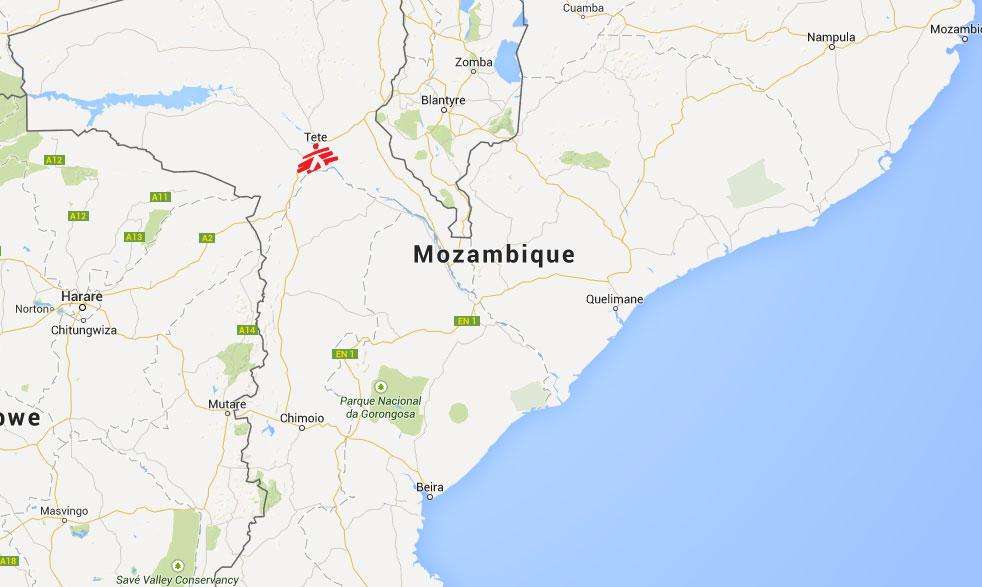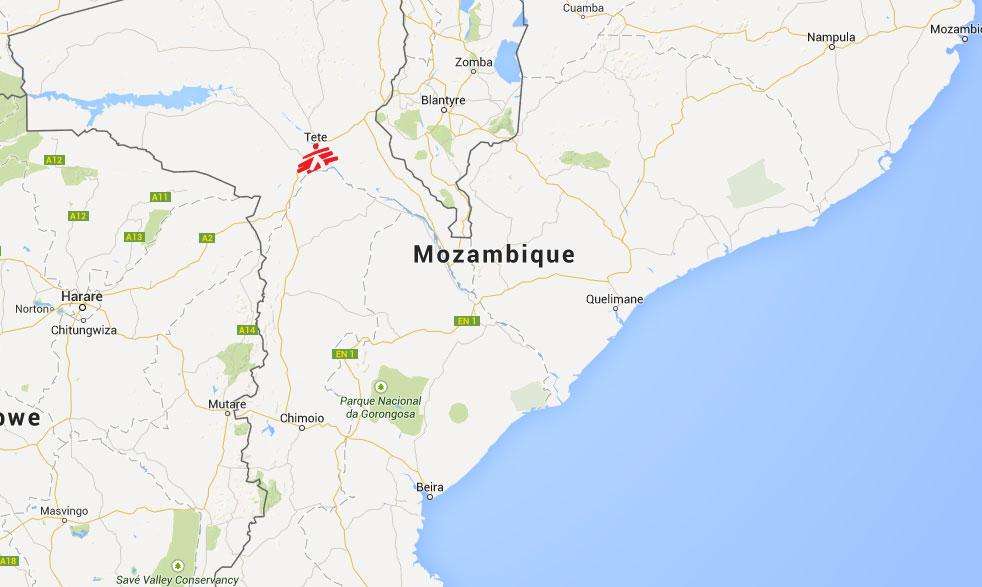Though cases of cholera have been recorded in Mozambique since December 2014, the epidemic escalated drastically in February, infecting some 3,500 people and killing 37. In Tete, the country's westernmost province, the situation is particularly worrisome. Here, Doctors Without Borders/Médecins Sans Frontières (MSF) medical coordinator in Mozambique Ruggero Giuliani explains.
What is the scale of the current cholera epidemic in Mozambique?
Out of the three provinces affected by cholera (Nampula, Niassa, and Tete) the situation in Tete is the most worrying. [Tete has the] highest number of cases [1,826 out of 3,500 total], highest number of fatalities [24 out of 37], and fastest progression of the number of cases. One aggravating factor is that Tete, contrary to the other provinces, has not had a cholera outbreak since 2009, which means that a large proportion of the population does not have a built-in resistance to the bacteria and is therefore more at risk of getting ill.
Is there a risk of another region-wide cholera epidemic, like the one that occurred in 2008?
Tete is a regional travel hub. People are very mobile, sharing languages and cultures across the borders between Mozambique, Malawi, and Zimbabwe, as well as looking for economic opportunities brought by the recent mining boom in and around Tete. This high mobility increases the risk of the epidemic traveling with people. Thirty cases have been recorded in Malawi, apparently from workers coming back from Mozambique. Two of those cases were fatal.
However, we are nowhere near the scale of the 2008 outbreak, which killed over 4,000 people in the region. Swift, concrete steps must be taken to minimize the risk of [the epidemic] spreading, the first being the [formation] of a well-functioning surveillance system to evaluate where and how the disease is spreading.
How are cholera patients treated?
Most cholera cases can be successfully treated by rehydrating the patient—orally for most cases, and intravenously for severe ones.
MSF has built and, with the Mozambican Ministry of Health, co-manages two large cholera treatment centers in Tete (150 beds) and Moatize (45 beds), both currently working at full capacity. It is also important to decentralize cholera treatment [to bring it] closer to the most-affected communities to allow for quicker diagnosis and treatment of mild cases, which is key to reducing the severity of the illness in individual patients. However, this decentralization of treatment has not yet begun, partly due to the difficulty of finding enough human resources to [staff] the centers, and treatment remains accessible only relatively far from the hotspots.
What is being done to prevent the spread of the disease?
Prevention measures are just as important as case treatment, as they have a direct impact on the length and severity of the epidemic. A cholera outbreak typically lasts between one and three months. Cholera is spread through contaminated water, which is why the most-affected communities are usually also the most vulnerable—those with poor access to sanitation.
With proper sanitation, a cholera outbreak is not very likely. But in Mozambique, only 84 percent of the urban population and 37 percent of the rural population have access to [safe] water sources.
Currently, in Tete the hotspots are the slums located along the river. But, as they have been erected on hard rocky terrain, it is very difficult to build latrines, a key step [to keep] bacteria [from spreading via] contaminated feces. MSF is supporting the Ministry of Health in raising awareness about cholera and ways to prevent it, active case-finding in the communities, [and] disinfection with chlorine and bucket chlorination near water points.





